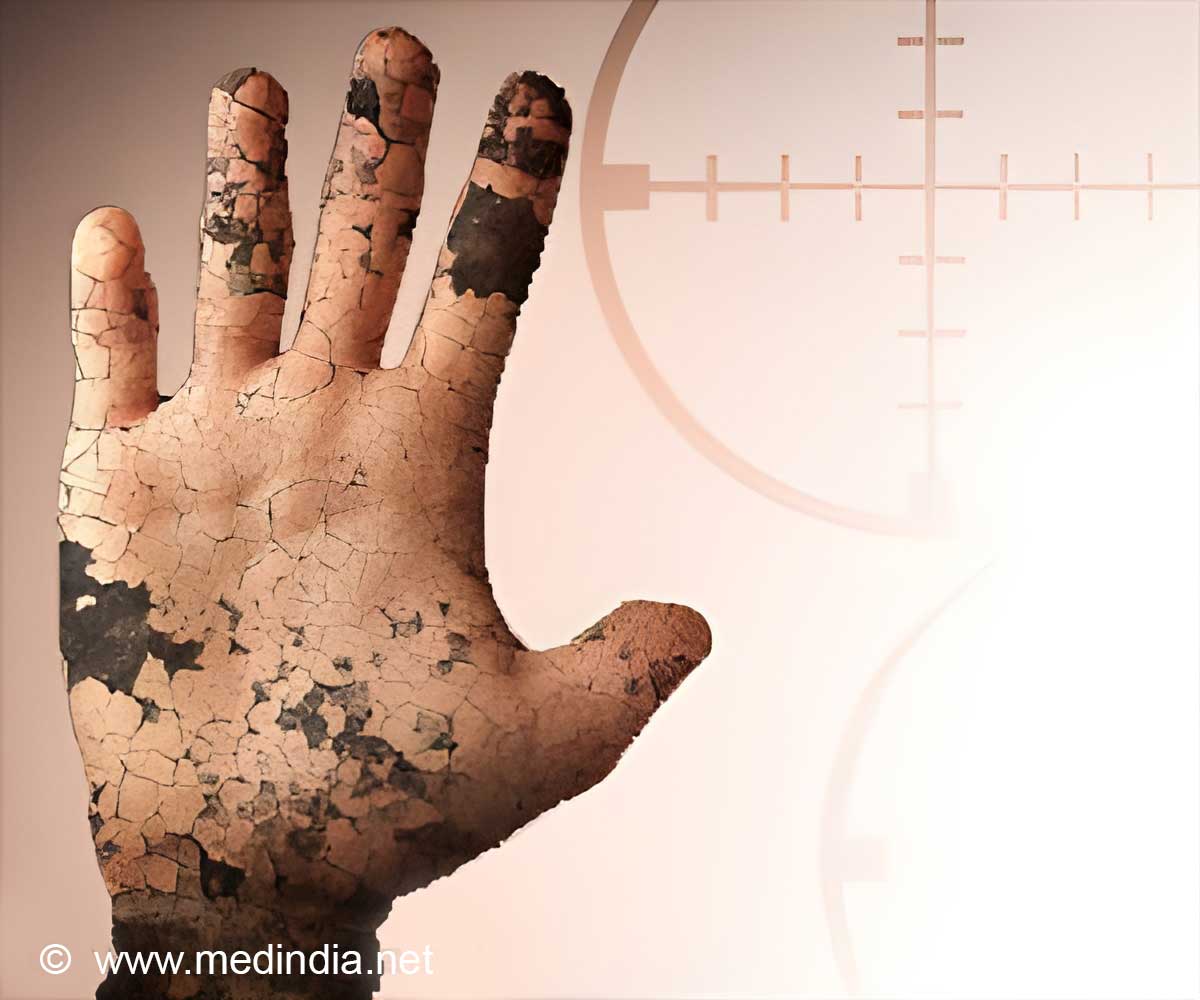Leprosy still affects 200,000 people a year, particularly in India, Indonesia and Brazil. The stigma attached to the disease persists in some societies.

‘The stigma linked to leprosy continues in some societies and keep the victims away from their loved ones even after being completely cured.’





And the stigma attached goes on long after sufferers have been cured. "At 14, I was diagnosed with leprosy. My parents loved me and to prevent me from being hurt or burned by others, they locked me in a small house," said Yuan Yahua, born into a poor farming family in China.
Vagavathali Narsappa, an Indian who leads an association for former sufferers, was driven out by his parents, and he only reunited with his sister when she learned he and his children were healthy.
Japanese Natsuko Tominaga, 80, stayed at a leper colony for 60 years despite being cured aged 18, so he could support fellow sufferers, who he considered family.
More than 200 people, including victims of the disease and researchers, took part in the congress on June 9 and 10, 2016.
Advertisement
"When they are no longer afraid, they begin to defend themselves" and fellow victims. "They are the ones who began forming associations and telling us 'this is what should be done'," he said.
Advertisement
Source-AFP








